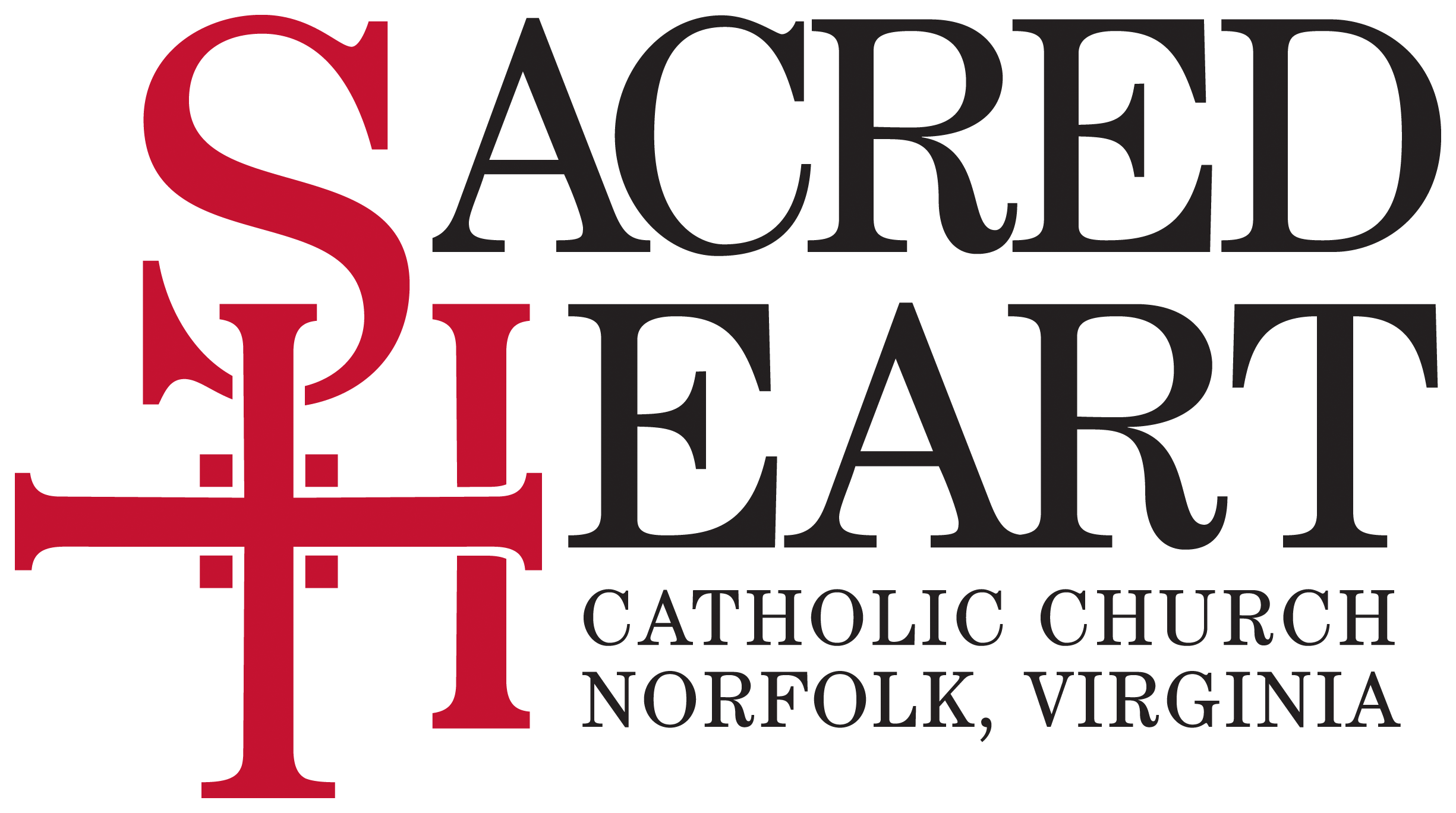Prelude: The Mystery of the Holy Trinity from Glorious Bodies by Oliver Messiaen This is the last of seven compositions that form Glorious Bodies. The cycle was finished in August 1939 just before the Second Wold War began. The entire piece is dedicated to the number three. It has three voices. Its form is tripartite, each of the three large divisions it- self being a tercet. The principal melody is constructed exactly as a plainchant Kyrie [In feasts of the BMV], with three times three invocations, all terminated by a short melodic refrain which replaces the word eleison. The first three invocations (the Father) end on the tonic: D. The following three invocations depart from the dominant (the Son), descend to the tonic (the-Word incarnate), return to the dominant (Ascension). The last three invocations mix tonic and dominant (the Holy Spirit proceeds from the Father and the Son). The ninth is longer and more ornate. The horizontal homage (in time) is accompanied by a vertical homage (in space). The low voice (the Father) is a rhythmic ostinato based on three Hindu rhythms grouped together: ragavardhana, candrakalé, lakskmiga [sic] – followed by a long duration (each term being separated from the next one by a rest). The middle voice (the Son) presents the pincipal melody. The high voice (the Holy Spirit) prepares and resolves its durational accents by long anacruses and long terminations. The middle voice is modal, the two others are chromatic and atonal. The middle voice has a pure timbre of flute 3, the two others mix the 32 and the 16 foot stops with the 2 foot, that is, the very low with the very high, thereby surrounding the middle voice with a double halo of mystery and projecting it forward. The whole piece is distant and obscure pianissimo out of which emerges the middle voice: alone, the Son has approached you visibly by his Incarnation. [Ducrete-Thomsom 4 & 5]
Offertory: God So Loved the World from the Crucifixion by John Stainer [This is the Gospel reading]
Postlude at the first two Masses: Fanfare by Lemmens
Postlude at the 11:00 am Mass: Fugue in E flat [called the St Anne fugue] J.S. Bach is a triple fugue. There are three themes and each has its own section. The first represents God, the Father and is stately. The second faster section represents Christ the Son. About half-way through the theme of God is reintroduced. The still quicker third section represents the Holy Spirit [the wind]. Again as in the second section the them of God is introduced. Thus the triple fugue is a musical explanation of the Trinity. Three themes, three sections, three flats [Key is E flat].
